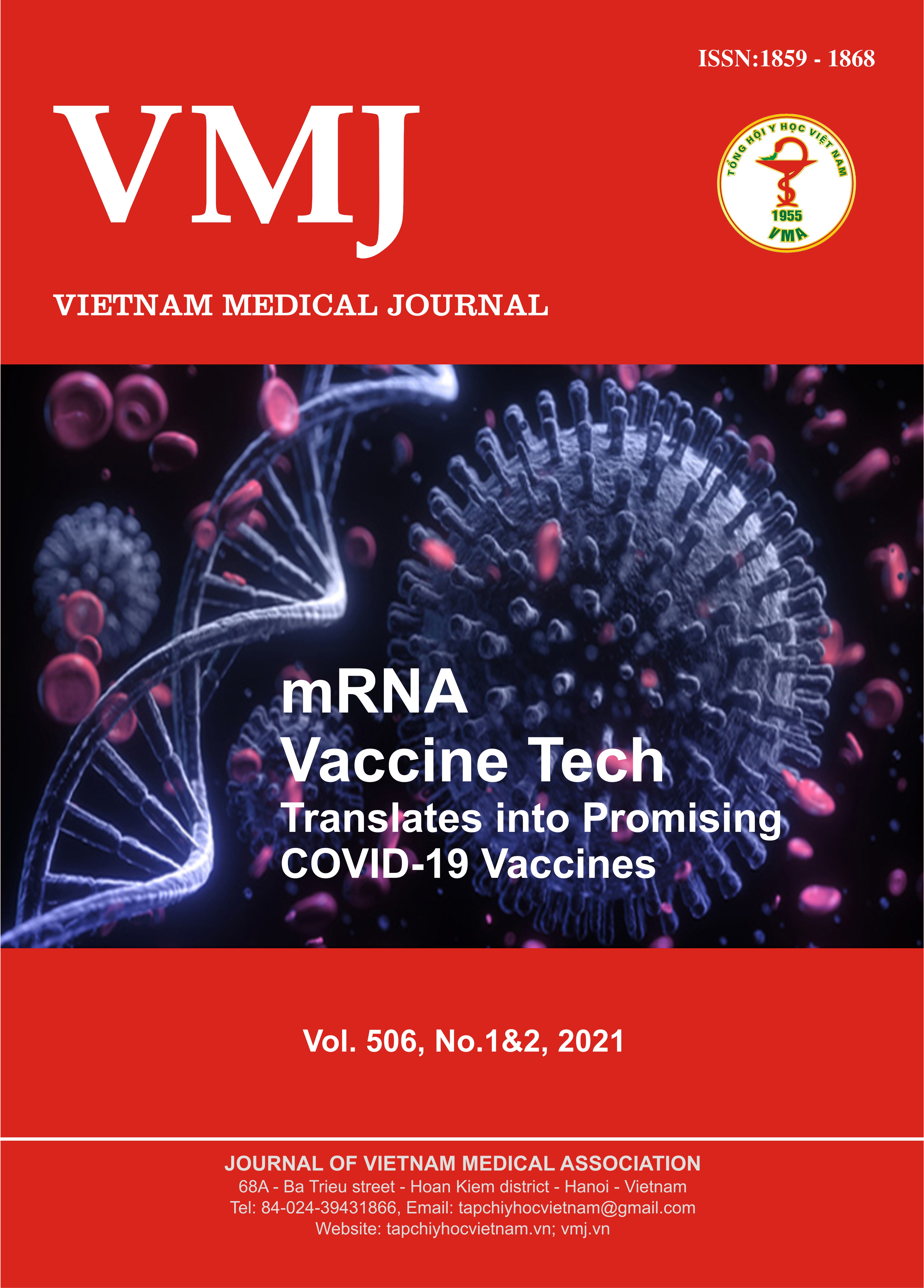SEVERAL DIMENSIONS, ANTHROPOMETRIC INDICES AND NUTRITIONAL CONDITION OF FRESHMEN IN HANOI MEDICAL UNIVERSITY, YEAR 2019-2020
Main Article Content
Abstract
Our aim is to describe the morphology, physical and nutritional status of Vietnamese medical students in the late years of second decade of the 21th Centery. A research about physical form included 861 freshmen (335 male, 526 female) from Hanoi Medical University (2019 - 2020): Male students’ physical form measurement and figures are much better than female students’ and these indices is largely better than the previous studies of other authors. Physical form seems to increase by the time, after 45 years: male was 9.5 cm higher and 15.9 kg heavier, female was 7.0 cm higher and 5.8 kg heavier. In comparison with students in 2007, male students were8.5 kgs heavier and female students were 3.9 kgs heavier. In comparison with a research ten years ago, the height of male and female increased 4.2 cm and 3.3 cm, respectively. According to an Asian - Pacific population classification, students from Hanoi Medical University had medium weight.
Article Details
Keywords
Physical form, Medical Students
References
2. Tran Thiet Son, Le Gia Vinh et al (1993). Some morphological characteristics of medical students in Hanoi, Morphology, 3, 1, pp. 19-22.
3. Tran Thi Kim Thuc (2004). Some physical morphological characteristics of students through health examination for admission to 10 universities and colleges in 2002-2003, Master's thesis of medicine, Military Medical Academy.
4. Nguyen Tan Gi Trong (1975). Biological constant of Vietnamese people, Medicine Publisher, Hanoi.
5. Le Dinh Van (2007). Height, weight, BMI and nutritional status of newly admitted students at Hue University, Journal of Military Medicine and Pharmacy, January 2009.
6. Do Dinh Xuan (2009). Physical morphological characteristics of students through examination for admission to Nam Dinh University of Nursing in 2005-2006, Journal of Military Medicine and Pharmacy, January 2009, 10-18.
7. WHO Expert Committee on Physical Status (1995), The use and interpretation of anthropometry, Report of a WHO Expert Committee, Geneva, 263-406.
8. Robert.C. Weisell (2002). Body mass index as an indicator of obesity. Asia Pacific.J. Clin. Nutr, 11, 681-684.
9. Michel Sempe, Guy Pedron (1979). Auxologie methode et sequences, Edit pour Theraplix, Paris.


